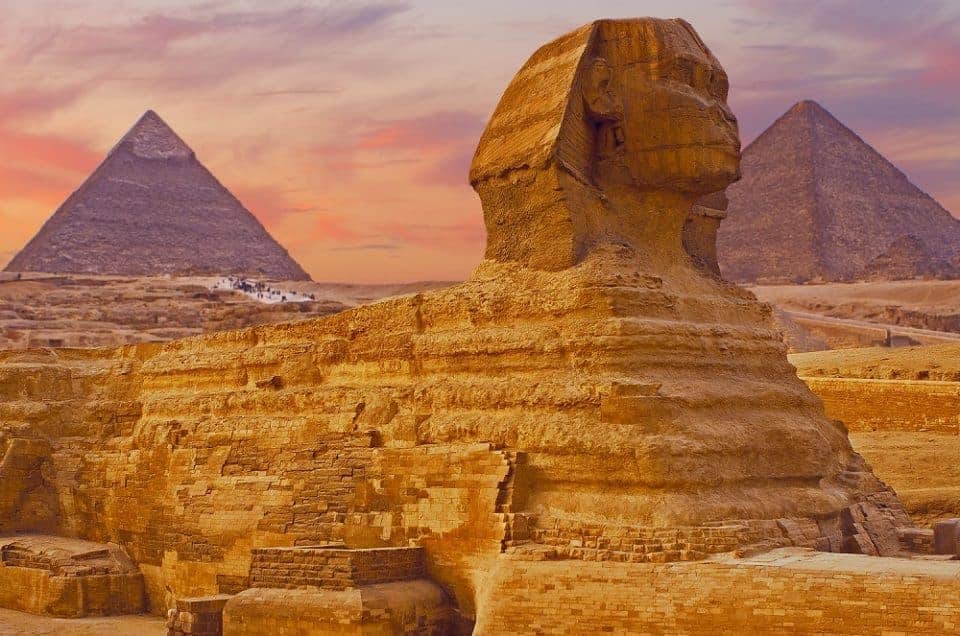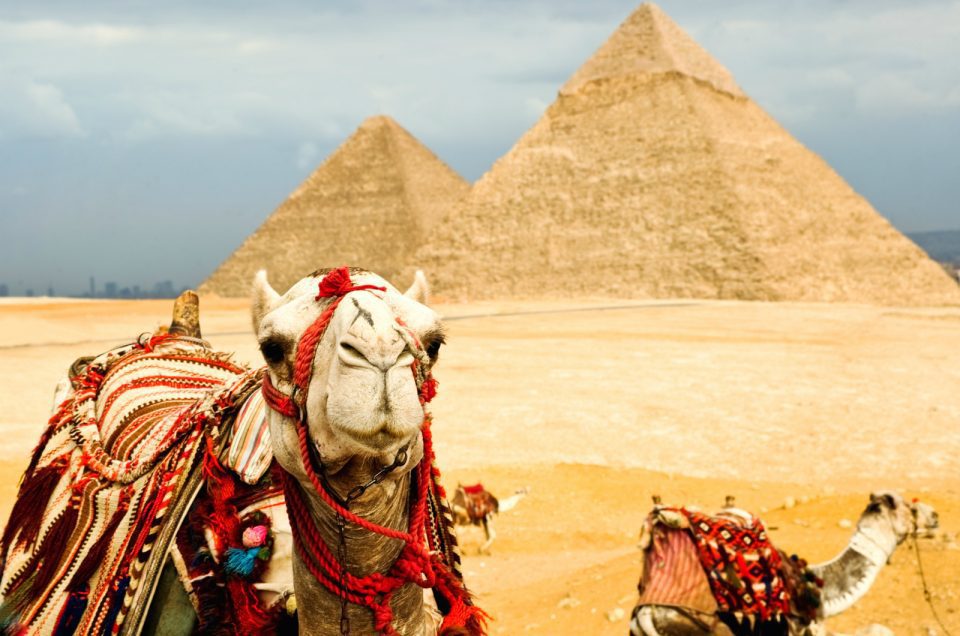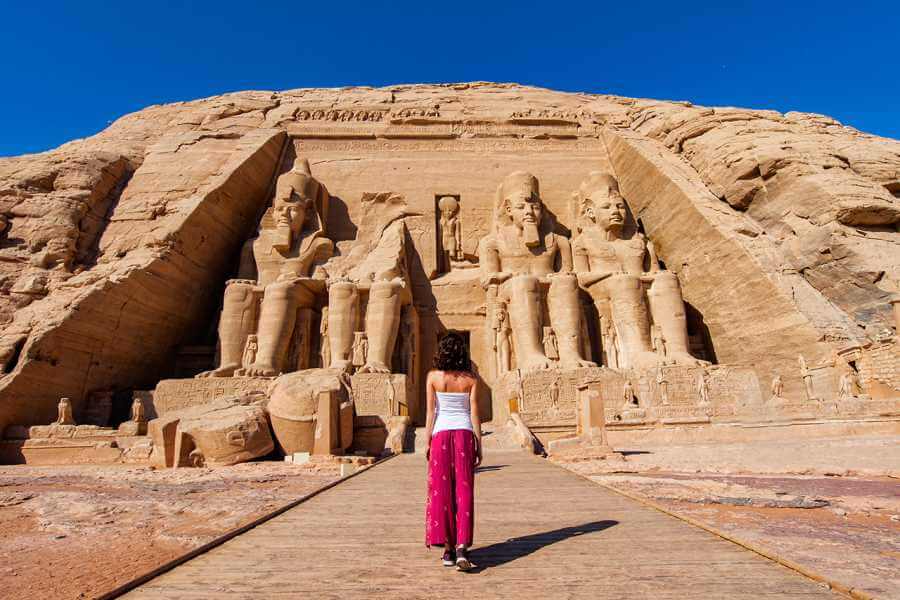Ancient Egypt is a civilization that existed for thousands of years and left behind a rich history and cultural heritage that still fascinates and intrigues people to this day. From the construction of the Great Pyramids to the myths and legends surrounding the pharaohs, ancient Egypt is a land full of wonder and mystery. In this article, we will explore some of the most fascinating facts about ancient Egypt’s history.
Most Fascinating Facts About Ancient Egypt’s History
Beyond the well-known pyramids and mummies, ancient Egypt holds a treasure trove of lesser-known yet equally astonishing details. From groundbreaking scientific advancements to peculiar daily customs and the intricate lives of its rulers and common people, every aspect of this civilization offers a window into a truly remarkable past. Let’s delve into some of these intriguing facts that continue to captivate historians and enthusiasts alike.
The Pyramids of Giza
Perhaps the most iconic symbol of ancient Egypt, the Pyramids of Giza are a testament to the engineering skills of the ancient Egyptians. The Great Pyramid of Giza, built for the pharaoh Khufu, is the largest of the three pyramids and stands at a height of 146 meters (480 feet). It is estimated that it took around 20 years to build the Great Pyramid and that it was completed around 2560 BCE.
Enjoy Half-Day Giza Pyramids & the Sphinx with Camel with Nile Empire
Hieroglyphics
Hieroglyphics were the writing system used by the ancient Egyptians. This system used a combination of pictures and symbols to represent words and ideas. Hieroglyphics were used in a variety of contexts, from religious texts to business transactions. The Rosetta Stone, discovered in 1799, was instrumental in helping scholars decode hieroglyphics.
The Nile River
The Nile River was essential to the survival of ancient Egypt. The river provided a source of water for irrigation, transportation, and food. The annual flooding of the Nile was also crucial to the agricultural cycle of the ancient Egyptians, as the flooding deposited rich silt on the land, which made it fertile.
Book with us and don’t miss the remarkable Nile cruises Egypt experiences!
Pharaohs
Pharaohs were the rulers of ancient Egypt. They were considered to be both divine and human, and their power was absolute. The pharaohs were responsible for maintaining order in Egypt, overseeing construction projects, and leading the military. Some of the most famous pharaohs include Tutankhamun, Ramses II, and Cleopatra.
The Book of the Dead
The Book of the Dead was a collection of religious texts that were used to help guide the deceased through the afterlife. The texts were written on papyrus scrolls and contained spells, prayers, and instructions for navigating the underworld. The Book of the Dead was a vital part of ancient Egyptian religion and was often buried with the deceased.
Mummification
Mummification was the process of preserving the bodies of the dead. The ancient Egyptians believed that preserving the body was essential for the soul to enter the afterlife. The process of mummification involved removing the internal organs, drying out the body with natron, and wrapping the body in linen bandages.
Medicine The ancient Egyptians
were skilled in medicine and had a thorough understanding of the human body. They were able to perform surgeries, set bones, and treat a variety of illnesses and injuries. Some of the medicines used by the ancient Egyptians are still used in modern medicine today, such as willow bark, which contains aspirin.
Gods and Goddesses
The ancient Egyptians believed in a pantheon of gods and goddesses. These deities were responsible for various aspects of life, such as fertility, death, and the afterlife. Some of the most well-known gods and goddesses include Ra, Osiris, Isis, and Anubis.
Mathematics
The ancient Egyptians were skilled in mathematics and were able to use complex calculations to build the pyramids and other structures. They developed a system of mathematics that was based on the number 10 and used hieroglyphics to represent numbers.
Art and Architecture
The art and architecture of ancient Egypt are renowned for their beauty and grandeur. The ancient Egyptians were skilled in a variety of arts, including painting, sculpture.
In conclusion, the civilization of Ancient Egypt stands as a testament to the brilliance and creativity of an extraordinary people. Their achievements were not limited to the grandeur of the pyramids and the deciphered hieroglyphic script, but extended to their pivotal relationship with the Nile River, the depth of their religious beliefs, and their advancements in mathematics, art, and astonishing architecture. Their rich legacy continues to inspire and captivate minds, affirming their advanced knowledge and skills that left an indelible mark on human history.




